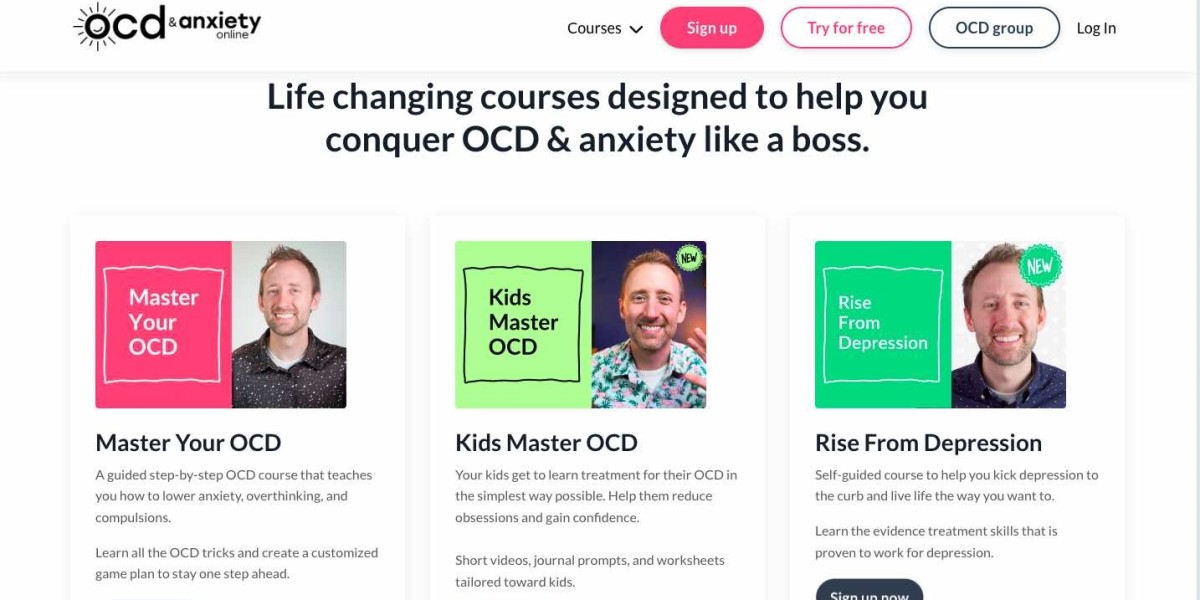Compulsive skin picking, also known as dermatillomania, is a body-focused repetitive behavior (BFRB) that falls under the broader umbrella of obsessive-compulsive disorder (OCD). Individuals affected by this condition find themselves repeatedly picking at their skin, often leading to visible marks, scabs, or even infections. While many people occasionally pick at their skin, for those with compulsive skin picking, the behavior can become uncontrollable and interfere with daily life. Alongside this, nail-biting is another common BFRB that people struggle with. Finding ways to stop picking skin or stop biting nails can be challenging, but understanding the roots of these behaviors is key to managing them effectively.
Compulsive skin picking typically begins as a response to stress or anxiety. It might start with small, seemingly harmless actions, like picking at a pimple or dry skin, but can quickly escalate into an ongoing habit. People with this condition often feel ashamed or embarrassed about their behavior, leading to further stress and a vicious cycle of picking. In many cases, these behaviors are tied to underlying anxiety or OCD-related tendencies, and treatment often involves addressing the mental health component.
For those looking to stop picking skin, it's important to recognize that recovery is a process. One of the most effective ways to address compulsive behaviors is through cognitive-behavioral therapy (CBT), which helps individuals identify triggers and learn healthier ways to cope with stress. Habit reversal training (HRT), a specific type of CBT, is also beneficial for individuals with BFRBs, helping them replace the picking or biting with alternative actions.
Similarly, stop biting nails programs often incorporate these techniques, encouraging individuals to become more mindful of their behaviors. Many people with nail-biting habits have found success by using strategies like keeping their nails short, applying bitter-tasting nail polish, or using fidget toys to keep their hands occupied.
To better understand the link between OCD and behaviors like skin picking and nail-biting, taking an OCD tests can provide insight. These tests, which are often administered by mental health professionals, help assess whether the individual is dealing with OCD or a related disorder. While skin picking and nail-biting are not exclusive to OCD, many individuals with these behaviors exhibit compulsions or obsessive thoughts, making OCD tests a valuable diagnostic tool.
People struggling with compulsive skin picking and nail-biting may feel isolated, but support is available. Family, friends, and therapists can play an important role in providing encouragement and helping individuals stay on track with their treatment. For those who suspect they may have OCD or a related BFRB, seeking professional support is crucial to developing a comprehensive treatment plan.
In conclusion, if you're dealing with compulsive skin picking, nail-biting, or suspect you may have OCD, taking steps toward treatment is key to reclaiming control over these behaviors. Whether through therapy, self-awareness techniques, or medical interventions, it's possible to reduce the urges and develop healthier habits. By seeking help and remaining patient throughout the process, individuals can improve their quality of life and reduce the negative impact these behaviors have on their well-being.




